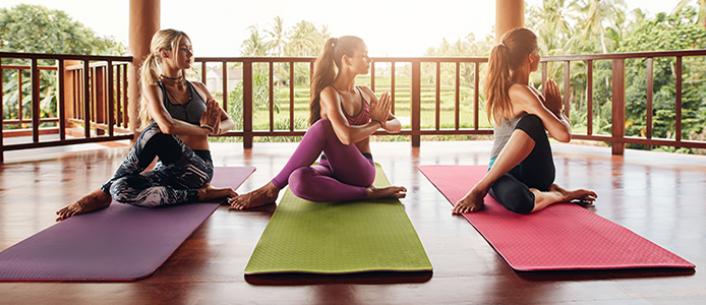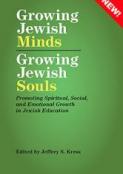- Home
- Play & Learn Home
- Online Enrichment
- Experience Modern Israel
- Israel It's Complicated
- Jewish and Me
- Jewish Holidays Jewish Values
- Jewish Values in Genesis and Jewish Values in Exodus
- Min Ha’aretz
- Our Place in the Universe
- Simply Seder
- The Prophets: Speaking Out for Justice
- Making T'filah Meaningful
- Make, Create, Celebrate
- Yom Haatzmaut Resources
- Hebrew Apps
- About The OLC
- What is the OLC?
- Introduction
- Get Started
- Resources
- OLC Content
- Parent Materials
- See My OLC Classes
- Store
How Yoga Connects Teachers to Judaism
Written by Behrman House Staff, 12 of September, 2016
Yoga has long been known for its powerful effect on calming the mind and relaxing the body. Educators in particular, who in many corners are struggling with stress and burnout, can reap its benefits both personally and professionally.
“Everyone is just telling teachers to teach social emotional learning without giving them their own platform,” says Michael Fenchel, the head of a nonprofit called Breathe for Change, in a recent article in The Forward. The group focuses on teachers, with theory that the strategies for calm and mindfulness will trickle down to students.
Research has found that when stress levels are high, and well-being is low, teachers often fall short of the good intentions they set for themselves before entering the classroom. Yet when teachers learn practices such as mindfulness and yoga, their stress levels decrease and their students’ outcomes improve. The goal of teaching teachers yoga is not necessarily to bring such techniques to the classroom, however, but rather to learn how to apply the teachings to all aspects of life, including Judaism.
Yoga and Judaism are compatible in that both share the goal of a fuller, more spiritual connection to ourselves, our community, and our world,
according to Cantor Lisa Levine, author of Yoga Shalom, a unique worship experience that brings together mind, body, and spirit.
Just as yoga focuses on the mind-body connection, so too does Jewish prayer. Both share a “history of deep physical connections to prayer,” says Levine. “We have always had certain physical choreographies to accompany our prayer, such as bowing during Aleinu or rising three times on our toes during K’dushah.”
The practice of meditation in yoga helps to both clear and focus the mind. Silent prayers, like the Amidah, are key to focusing inward. And there is a richness, a fullness that comes from moving through yoga poses with intention, akin to the difference between saying the words of a prayer and feeling them with kavanah.
Levine says that through yoga, “I learned to be more present in my prayers and meditations so I could better pray with and on behalf of my congregation.”
Divided into four parts – introductory prayers, the Sh’ma and its blessings, Amidah, and concluding prayers – Yoga Shalom includes detailed, easy-to-follow instructions and photographs, as well as 17 audio tracks corresponding to specific prayers, and a full-length DVD of the complete practice.
It can be adapted and the postures customized to meet the needs of your community or class. As an alternative to the traditional prayer service, Yoga Shalom can engage and unite your staff, students, and community.




